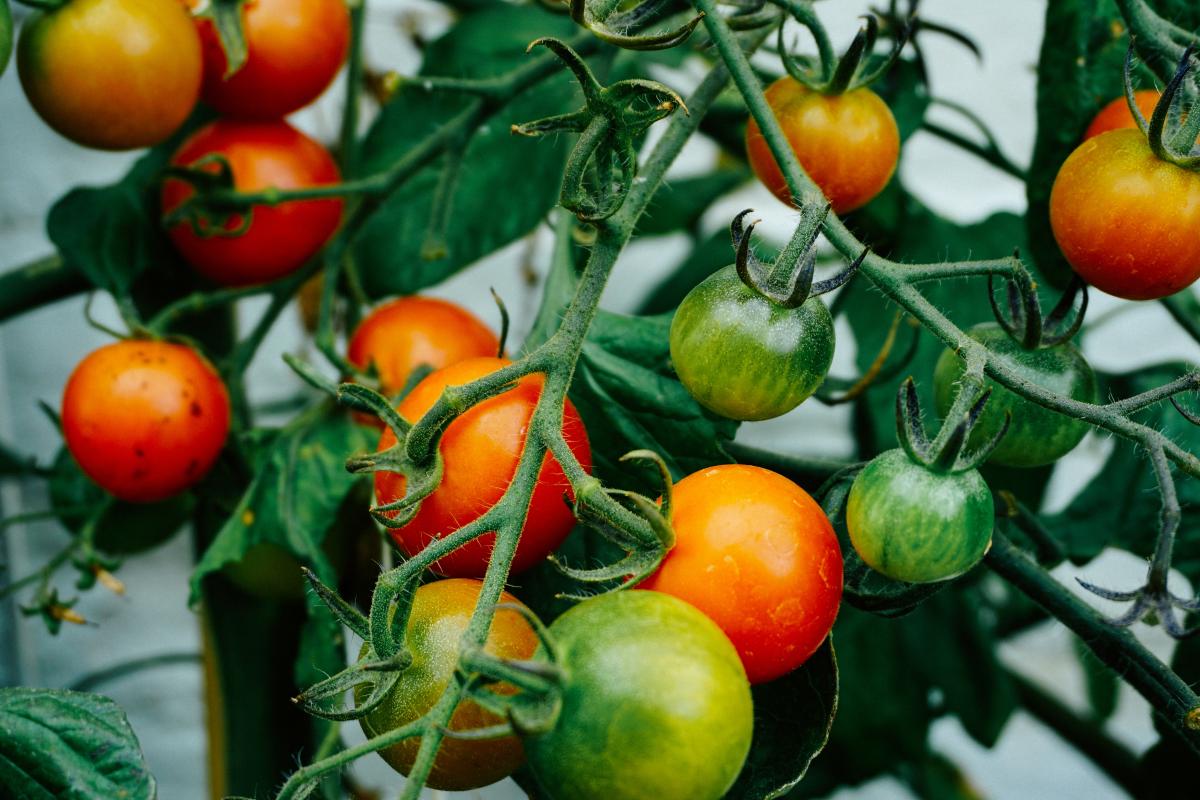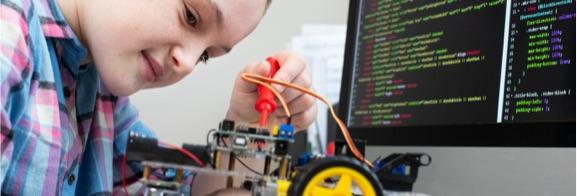
Students will learn how robots help complete repetitive tasks for humans. Robots use a series of steps that are programed into their circuits. It must be done systematically and include each step, in

In this lesson, students will get creative with materials to rescue an unfortunate worm. After completing this activity students will have a much better concept of what the 'T" in STEM really means

In this lesson, students will work together to identify the systems by using a preserved frog. The systems that will be studied are the digestive, respiratory, and circulatory system. Prior to these

In this lesson students will be able to program Dash to retell the story they read. Students will be able to run their algorithm and debug as necessary. An added challenge is for students to create a

This is a two part lesson for students to have fun with robots! In this first part, encourage reading in a fun way! Students choose a book they have read and write down the story elements. They will

Engage your students in this read-aloud lesson, integrating ELA, Math, and Computer Science. With prompting and support, students will be able to ask and answer questions about key details in a text

An engaging read-aloud lesson integrating ELA & Computer Science. Students will listen to Balloons Over Broadway and be able to complete a compare & contrast diagram. Students will also complete a

Students will use live seedlings and available information about seedling and the Sun's energy to determine the best location for the plant to thrive.

The Mystery Box Investigation combines science concepts about properties of matter, how we use and identify matter based on its properties, and the mathematical concepts needed to calculate density

Students will have the opportunity to apply the skils of finding area of a rectangle and volume of rectangular prism when they determine the area and volume of garden beds at the school.

Students are presented with a real-world problem, the newly poured delivery ramp for the cafeteria is too slick, students are tasked with suggesting a surfacing that will increase the ramp's safety

In this activity, students will complete a Web Quest to find the diameter of the Earth, Moon, and Sun AND will observe how the Earth orbits around the Sun and how the moon rotates around the Earth by

Students will explore the role that decomposers play in the nitrogen cycle. First students will gather information through research and activities to construct a model of the nitrogen cycle. Then

Students will create a scientific claim that is supported by evidence as to which car is the better deal, the Hot Wheels car or the generic car. During the four day activity, students will conduct

Students will design and build their own popsicle stick catapults, exploring principles of force, motion, and engineering. This lesson does have a Halloween theme to it, but can be modified is needed.

Students use a solar panel and motor to create a solar-powered amusement park ride that spins. Activity designed for students to work in teams. Students are provided solar cells, motors, propellors

This thematic unit has four lessons which introduce students to engineering, the engineering design process, and facing challenges. Over the course of the four lessons, students will learn how to

This thematic unit has four lessons which introduce students to engineering, the engineering design process, and facing challenges. Over the course of the four lessons, students will learn how to

This thematic unit has four lessons which introduce students to engineering, the engineering design process and facing challenges. Over the course of the four lessons, student will learn how to

This thematic unit has four lessons which will introduce students to engineering, the engineering design process, and facing challenges. Over the course of the four lessons, student will learn how to

The lesson is designed to engage 3rd-grade students in hands-on exploration of scientific and mathematical concepts using the Dash robot. The lesson aligns with the Arizona Science Standards for 3rd

This lesson allows students to work in teams to determine the specific function of an organelle in the cell. Rather than having students try and memorize the function of each organelle, the focus is

In this hands-on lesson, students match a subitize card to the corresponding number using a Bee-Bot. Students may work in small groups of 2-4 to program an algorithm on the Bee-Bots. They will be able

In this engaging lesson, students will program a Bee-Bot and answer prompts that describe familiar topics, likes, dislikes and family members. This is a beginning of the year activity. Students will
